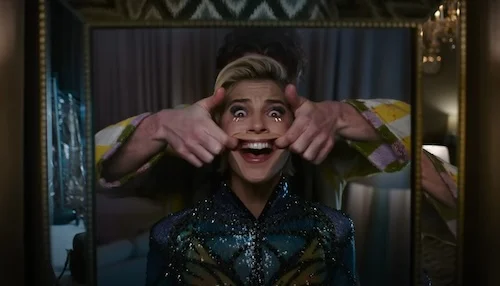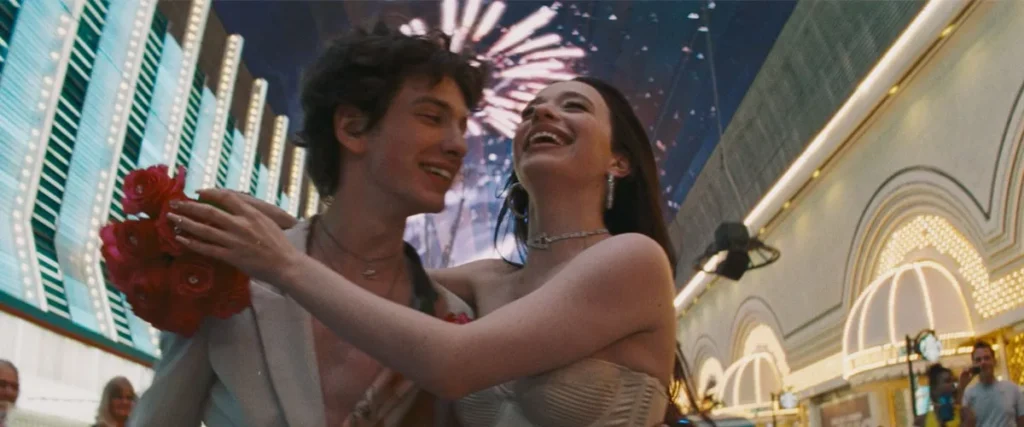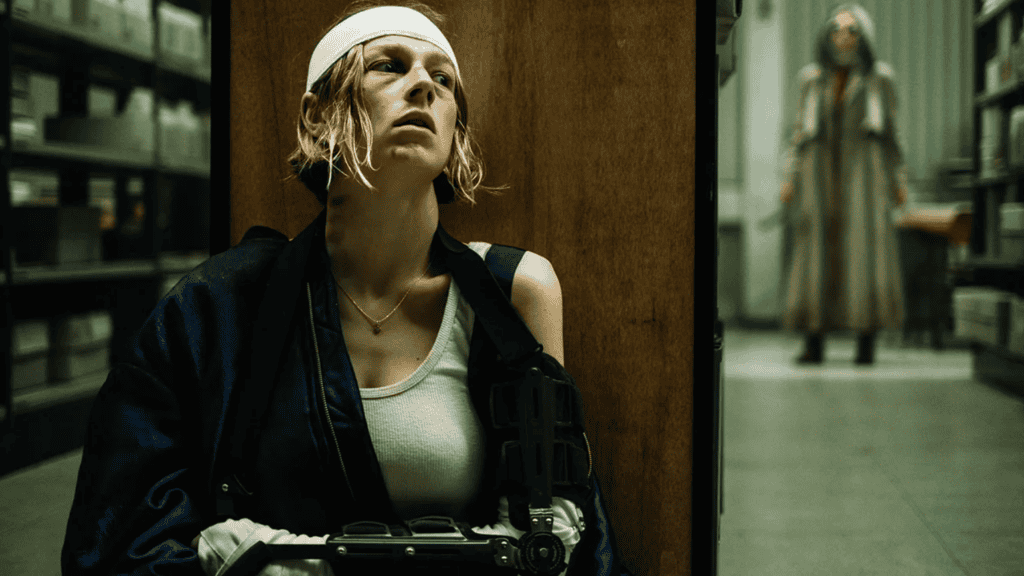How we watch television in 2024 has changed radically since this intrepid writer was a wee lad. Back when we were kids, with the internet and streaming a thing of rumour and something out of the 70s dystopian sci-fi film that would lead to the rise of machines and the demise of the human race (which might still happen, of course), we had to make sure we carved out the time to see the show we wanted because then it would disappear. No repeats, no catch-up, no YouTube. Consumption and consumerism have become different beasts in the decades since and, in their sophomore feature, Jane Schoenbrun dissects our relationships with the box with the big glow, just one of the many narratives flowing through this intoxicating new film.

1996: Owen (Justice Smith and Ian Foreman) is a young teenager in a Clinton-era America struggling to find his place in life, school, and his general surroundings, feeling conflicted about his relationships with other people, his mother, and his sexuality. At a teacher/parent conference-style evening, he meets Maddy (Brigette Lundy-Paine, stunning) who, to Owen, is a much more together person than himself, exuding cool aloof, and confident. Maddy confides that she likes girls, whereas Owen states he likes TV shows, and soon enough she recommends he watch her favourite television show, The Pink Opaque, which may help him through some tough times as it did her: part Buffy the Vampire Slayer, part David Lynch nightmare, the two lead characters may hold some answers for them, both in this world and in the world of the show.
For anyone coming into this one cold, make sure it stays that way but one way to prep yourself is to devour Schoenbrun’s debut feature We’re All Going To The World’s Fair. Released in 2022 at the height of the pandemic after its Sundance debut a year earlier, it showcased the writer/director’s unique prowess as a filmmaker and immediately put them on the map in a big way. A coming-of-age narrative is never the most challenging of genres to tap into but under their visual intensity and knack for the visceral and the challenging, it made the usual cliches feel new and fresh as it delved into internet culture, fan forums, and how we can get lost in new worlds that replace our own. With Glow, they set their sights on our consumption of television and our over-reliance on them for escapism and, by extension, being seen.
The characters of the show-within-the-show may be fake but for Owen and Maddy they allow them to feel comfort, to feel seen, and to feel the love and affection their real world hasn’t provided: whether it’s part of a family dynamic or their own curiosities and sexuality, it allows them safety and guidance where those around them haven’t been able to. Indeed, it delves deep into our fascination as humans with the old gogglebox and how much we rely on it to service our everyday needs and affections, even if it means missing everything going on around us – heck, we even observe people in social experiments, people dancing on TikTok and watch other people watch the television in some bizarre Truman Show-esque nightmare that only gets more and more compelling.
With panache, colour, and dense, intriguing texture, Schoenbrun’s exhilarating filmmaking is to be admired and applauded, taking us on original adventures through old pastures and making us look, think and feel everything very differently, even if a few notes don’t quite hit the heights of the rest of them. It will polarise audiences, for sure, but in a cinema landscape that is becoming increasingly more predictable, their voice is one to be shouted about through the flatscreens.
![]()






